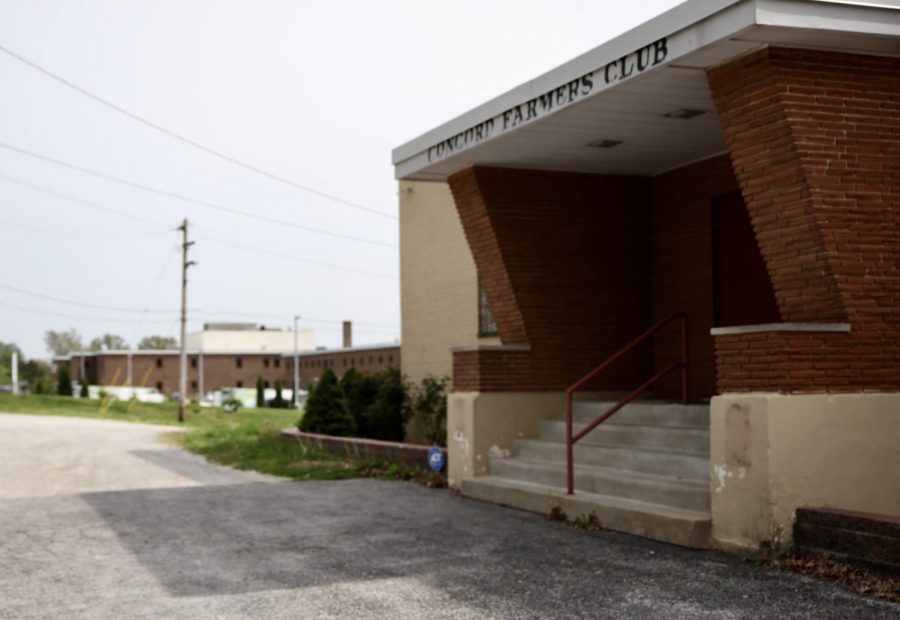The Lindbergh Board of Education unanimously approved a resolution at its Dec. 19 meeting calling for a $150 million no-tax-rate-increase bond issue – called Proposition R – to appear on the April 2, 2024, ballot for the Lindbergh School District.
The measure will expand on the work of the district’s 2019 $105 million bond measure of the same name that allowed for the renovation and rebuilding of Lindbergh High School, amongst other projects around the district.
Because the measure is a no-tax-rate-increase, the district’s current debt service tax rate of $0.8330 per $100 of assessed valuation of real and personal property would not change. If a resident’s appraised value on their home increases, for example, then they will pay more taxes, but the bond measure itself has no impact on the present rate.
If approved by voters in April, Proposition R will support a variety of projects around the district, ensuring equitable learning experiences for everyone in the Lindbergh district.
Improving safety and security district-wide is a major goal of this proposition, just as it was for the first Prop R. Alarms and cameras would be added on exterior doors at every school, allowing staff to monitor and respond anytime one is opened during a school day. Additionally, safety film would be added on exterior doors and windows to prevent unwanted entry of any kind.
Another aspect of the measure that affects the whole district is the improvement of unsafe traffic flow and parking seen on several campuses.
“Separating car and bus traffic is (the) best practice for supporting safe traffic flow at school. Lindbergh High School and Dressel Elementary School’s traffic flow and parking lot setup are great examples of what we want to do for all of our school campuses,” Beth Johnston, chief communications officer at Lindbergh Schools, said.
As for specific schools in the district, some require more attention than others. For example, while Dressel, Concord and Sappington elementary schools all have separate cafeteria and gymnasium spaces, Crestwood, Kennerly and Long elementary schools each have one space used for both purposes. The proposition would support construction of new, separate gymnasiums – also serving as FEMA-rated storm shelters – at the aforementioned schools, allowing the existing “cafe-naziums” to become standalone cafeteria spaces.
Truman Middle School – the campus with the most urgent facility needs in the district – would also be able to address the variety of infrastructure repairs and replacements needed. A few of these projects include: upgrading security systems; including exterior door alarms and safety glass; removing window air conditioning units in all classrooms and upgrading mechanical systems building-wide; building new classrooms in the district storage area; renovating locker rooms and filling in the nonfunctioning swimming pool to “create flexible collaboration areas and space for small group learning.”
Lastly, and most uniquely, the district wants to construct a one-of-a-kind K-12 agricultural STEM learning center.
“We are also extremely excited to build a one-of-a-kind K-12 agricultural STEM learning center on the site of the old Concord Farmers Club,” Superintendent Tony Lake said. “St. Louis is rapidly emerging as a world leader in AgTech research and innovation, and we will leverage these local resources that are right in our own backyard to prepare students for success through real-world learning opportunities.”
Lindbergh Schools purchased the Concord Farmers Club, 10140 Concord School Road, in April 2021. The property is conveniently located directly next to Sperreng Middle School, and – not surprising due to its name – has a long history connecting the community to agriculture.
“Its original vision, established in 1883, states: ‘The object shall be mutual benevolence and the improvement of its members in everything pertaining to agriculture, horticulture, and domestic economy,’” Johnston said.
So what does this mean for the district now that it has acquired the property? According to Johnston, the plan is to construct a K-12 agricultural STEM learning center on the site that will have established goals and projects aligning with Missouri Learning Standards for every grade level, providing students with real-world, hands-on experiences.
“For example, third-graders could install research gardens to study the impact of environmental changes on Missouri native plants. Sixth-grade students could design and implement ecosystem restoration projects, and seventh-graders could curate and display stories about the Farmers Club history in a museum space. At the high school level, the Farmers Club would provide students with opportunities in business, engineering technology, environmental science, marketing, design, culinary arts and much more,” she said.
As part of his annual Listening and Learning tour, Lake gauged community member’s support of Prop R, finding that 81% of respondents were “very likely” or “somewhat likely” to vote in favor of the no-tax-rate-increase bond issue.
According to Johnston, the district is still currently in the process of developing a comprehensive timeline for construction, though district administrators have already begun meeting with the chosen design and construction teams “that will have the capacity to work on multiple projects at the same time.”
If Prop R is successful, the Crestwood Elementary School project will be tackled first. The district’s goal is to be “shovel ready” in May 2024.



